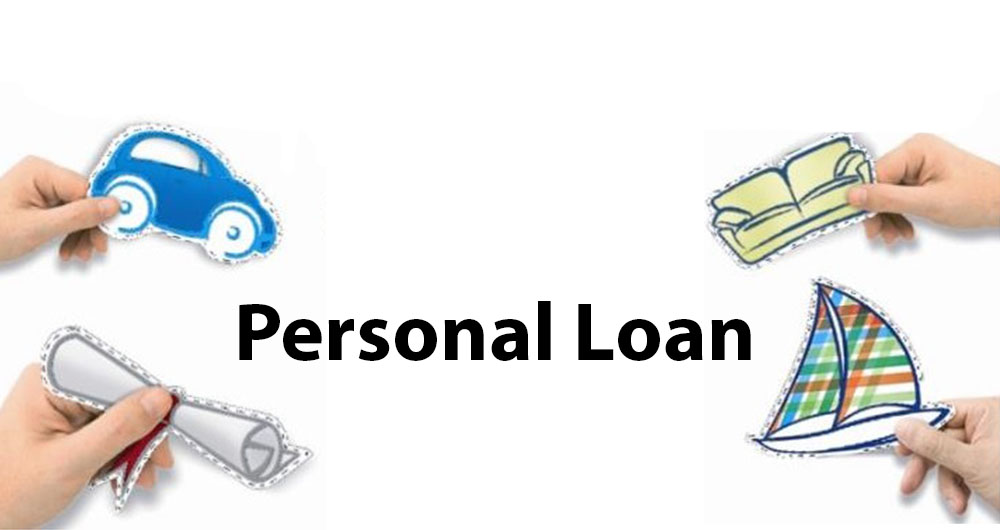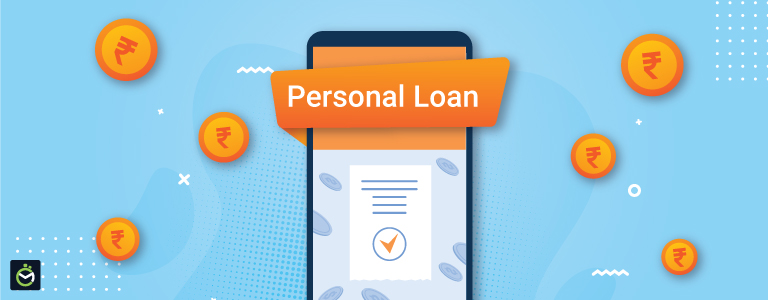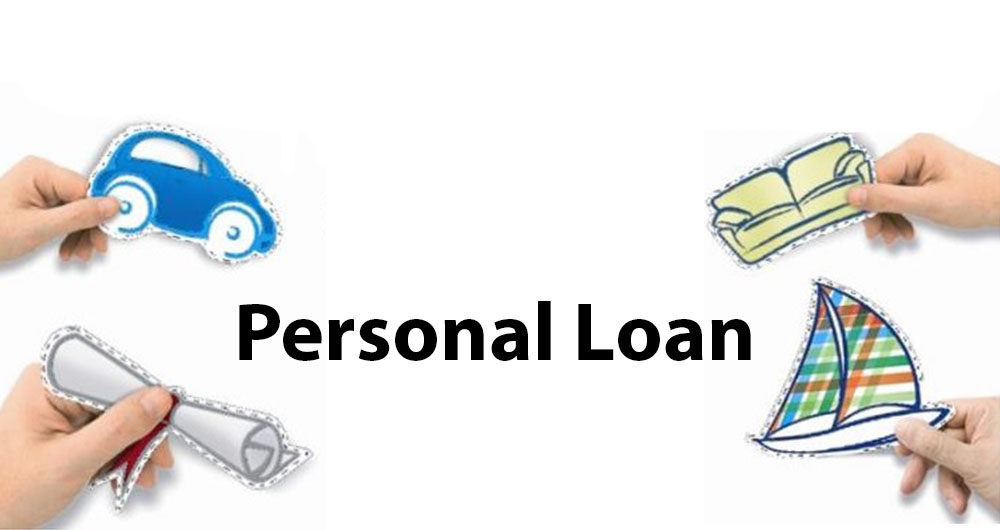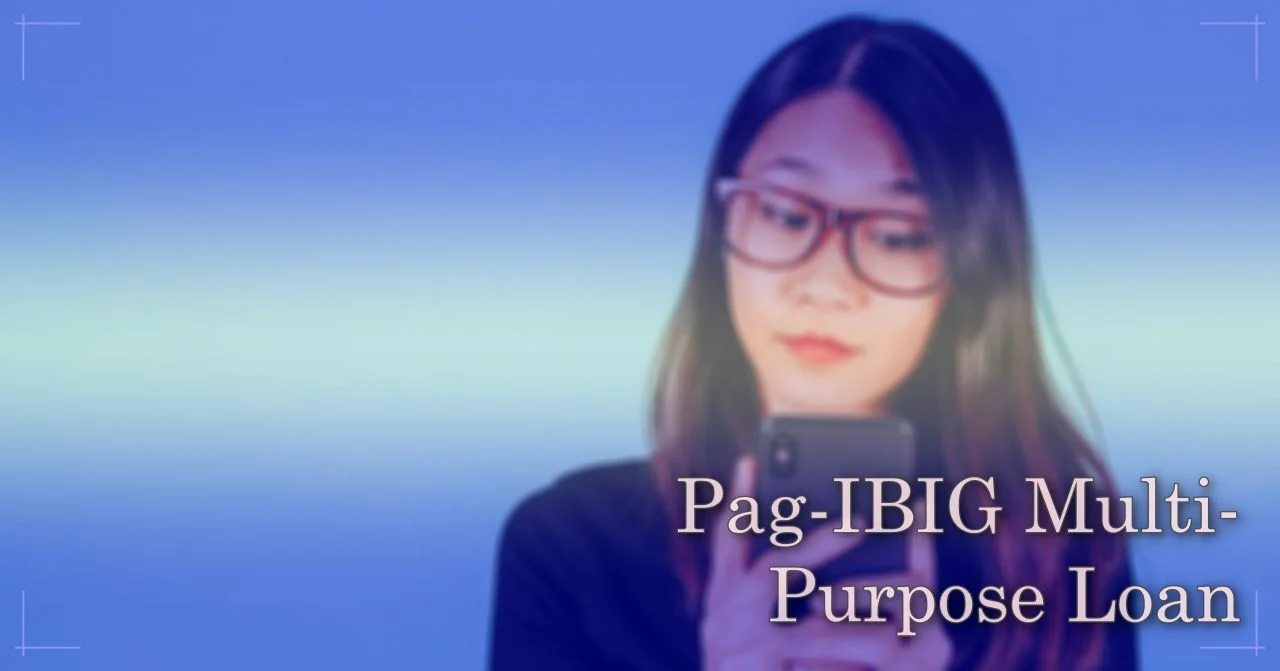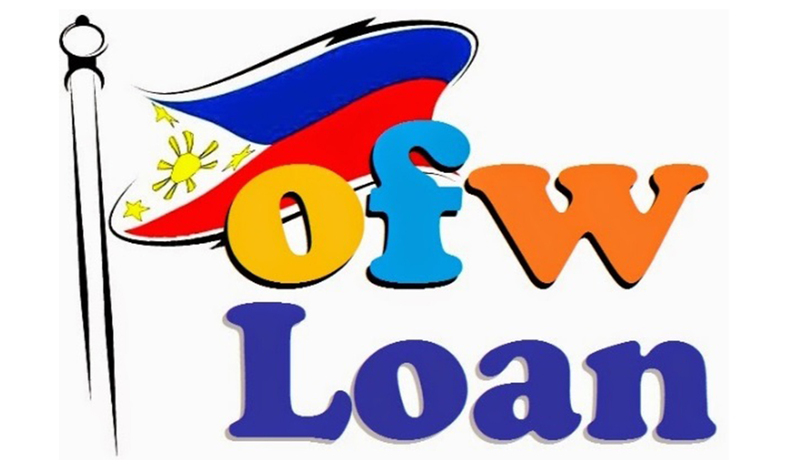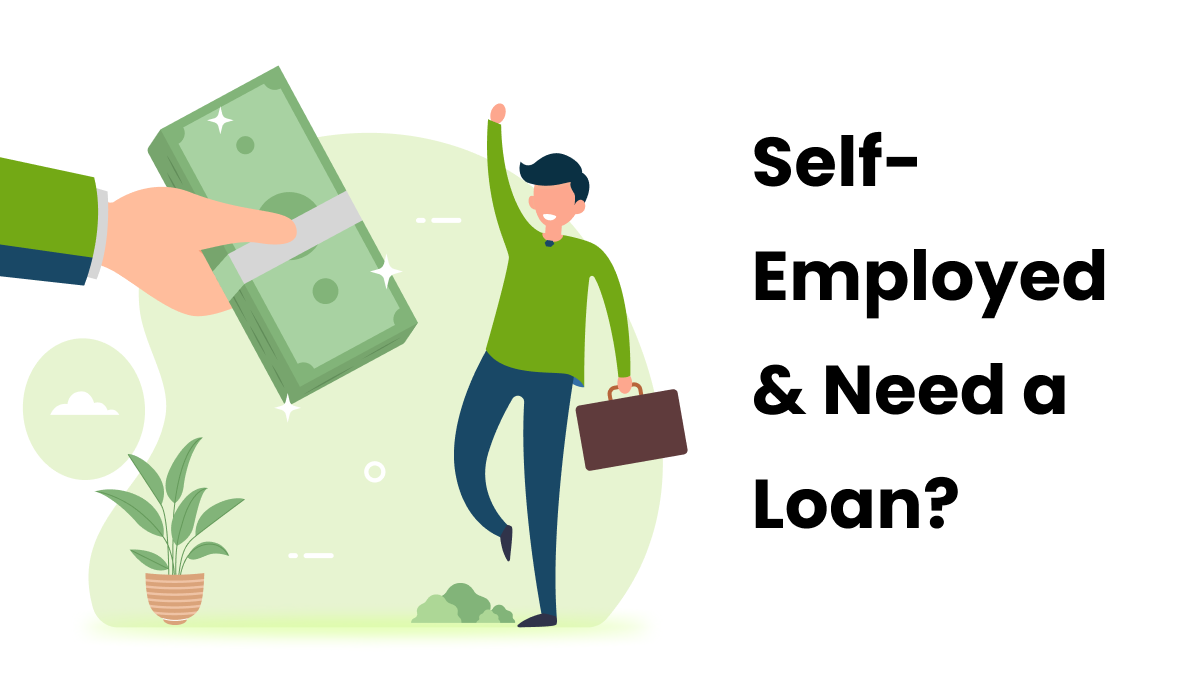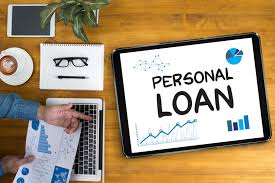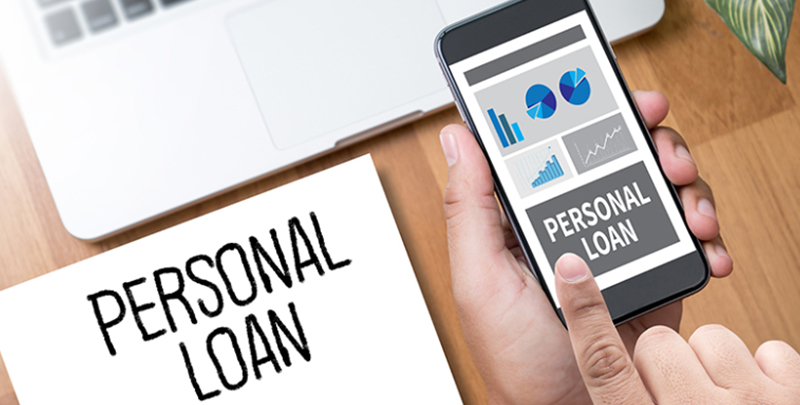In a country where financial needs can arise unexpectedly, securing a personal loan in the Philippines can be a crucial step towards achieving your goals, whether it’s for home renovations, education, or emergency medical expenses. A personal loan offers the flexibility and speed to address these needs without the burden of collateral. However, navigating the myriad of options available from banks, online lenders, and financial institutions requires a clear understanding of the process, eligibility criteria, and key financial terms. This comprehensive guide provides a detailed look into everything you need to know about personal loans, from understanding the types of loans available to mastering the application process for a smooth and quick approval. By the end of this article, you will have all the necessary knowledge to make an informed and strategic decision for your financial future in the Philippines.
Understanding Personal Loans in the Philippines: The Basics
A personal loan is an unsecured loan that you can use for any purpose you need. Unlike a car or home loan, it does not require collateral, which means the lender relies on your creditworthiness and ability to repay. This makes it a flexible and popular financial tool for Filipinos. To find the most suitable policy, it’s essential to understand the different types of loans available and their specific features. This foundational knowledge will help you choose a loan product that aligns with your financial profile and needs.
Types of Personal Loans and Their Detailed Features
The Philippine market offers a wide variety of personal loans, each designed to cater to different segments of borrowers. Understanding the features of each can help you make an informed decision and find the best fit for your financial situation.
- Bank Personal Loans: These are the most traditional and often preferred types of personal loans. Banks like BDO, BPI, and Metrobank offer competitive interest rates and a wide range of loan amounts, often tied to a borrower’s monthly income. The application process typically requires a stable employment history and a good credit score. As a result, bank personal loans are generally more suitable for salaried employees with a regular payroll account and a clean credit history. The advantage of a bank loan is the security and lower interest rates, but the trade-off is a stricter application process and longer approval times compared to online lenders. Banks often offer additional benefits for their existing clients, such as pre-approved loan offers or a faster application process, which can be a significant advantage.
- Online Personal Loans (Fintech Loans): The rise of financial technology (fintech) has led to a boom in online lending platforms in the Philippines. Companies like CIMB Bank and Gcash’s GLoan offer quick and convenient personal loans that can be applied for and approved entirely online. These loans are popular for their fast disbursement, with some applications being processed in just a few minutes or hours. While the interest rates might be slightly higher than traditional banks, the ease of access and minimal documentary requirements make them an attractive option for those who need urgent cash. Fintech loans have democratized the borrowing process, reaching a wider audience, including those who are unbanked or underbanked.
- Lending Company Loans: These are non-bank financial institutions that offer personal loans, often with more flexible terms than banks. They cater to a wider range of borrowers, including freelancers and small business owners who might have difficulty proving their income to a traditional bank. The interest rates can vary significantly, so it’s essential to carefully compare different lenders and read the terms and conditions. While they may offer more lenient requirements, it’s crucial to check if the lending company is legitimate and registered with the Securities and Exchange Commission (SEC) to avoid falling victim to predatory lending practices.
- Salary Loans/Calamity Loans: These are specialized loan products often offered by government agencies like SSS and Pag-IBIG. They are available to members who have made a certain number of contributions. The interest rates are typically very low and the terms are favorable, making them an excellent choice if you are eligible. However, the loan amount may be limited, and the disbursement process can sometimes take longer than private loans.
Essential Eligibility Criteria and the Detailed Application Process
While personal loans are unsecured, lenders still have specific requirements to mitigate their risk. Fulfilling these criteria and preparing a complete set of documents are key to a smooth and successful application.

- Eligibility Requirements: The basic requirements for a personal loan in the Philippines usually include being a Filipino citizen or a resident alien, aged 21 to 60 years old upon loan maturity, and having a minimum monthly income. This income requirement varies by lender, but is typically around ₱15,000 to ₱20,000. Lenders will also check your credit score and credit history. Having a good credit standing, meaning you have no outstanding debts or a history of late payments, will significantly increase your chances of approval. This is often the most important factor in the lending decision.
- Documentary Requirements: The documents required for a personal loan application usually include a valid government-issued ID (such as a Passport, SSS, or Driver’s License), proof of income (like payslips or a Certificate of Employment for salaried employees, or bank statements for freelancers), and proof of billing (like a utility bill or credit card statement). Some lenders might also require a birth certificate or marriage contract. It is crucial to have these documents ready and updated to avoid delays in the application process. For self-employed individuals, lenders may ask for business registration papers and financial statements.
- The Application Journey: The application process typically starts with filling out an application form, either in person at a bank branch or online. Once submitted, the lender will verify the information and documents you provided. This verification process can take a few days to a few weeks, depending on the lender. After the verification, your application will undergo a credit evaluation. If approved, the lender will inform you of the loan amount, interest rate, and repayment terms. You will then sign the loan agreement, and the loan amount will be disbursed to your account.
Comparing Lenders and Maximizing Your Loan’s Value
Getting a personal loan is a significant financial decision that goes beyond just finding a willing lender. It’s about finding the best terms that align with your financial goals and long-term well-being.
Comparing Interest Rates, Fees, and Other Important Terms
Interest rates and fees are the main factors that determine the total cost of your loan. It’s imperative to compare these to find the most affordable option.
Dưới đây là bảng so sánh lãi suất và các tiêu chí vay của một số ngân hàng uy tín, giúp bạn có cái nhìn tổng quan:
When comparing interest rates, you must ask if the rate is fixed or variable and whether it is calculated on a diminishing balance or a flat rate basis. A flat rate might seem lower initially, but the total interest paid over the life of the loan could be much higher. Furthermore, always inquire about other fees such as a disbursement fee, a documentary stamp tax, and late payment fees. These can add a significant amount to your total loan cost and are often overlooked.
Strategies for a Successful Loan Application and Financial Wellness
To increase your chances of getting approved and securing a favorable loan, consider these expert tips for a smarter application.
- Improve Your Credit Score: A good credit score is your most valuable asset when applying for a personal loan. To improve it, make sure to pay your existing debts and credit card bills on time. A clean credit history demonstrates to lenders that you are a responsible borrower and lowers their perceived risk. Before applying, you can also get a copy of your credit report from the Credit Information Corporation (CIC) to check for any errors.
- Prepare a Detailed Financial Plan: Lenders want to see that you can comfortably afford to repay the loan. Before applying, create a personal budget that shows your monthly income and expenses. This plan will not only help you determine a loan amount that you can realistically afford but also demonstrate to the lender that you are a responsible and organized borrower. Aim for a debt-to-income ratio where your total monthly debt payments do not exceed 30-40% of your income.
- Negotiate and Read the Fine Print: Don’t hesitate to negotiate with the loan officer, especially if you have a strong credit profile. Some lenders may be willing to offer a slightly lower interest rate or waive certain fees for a good client. Most importantly, always read the loan agreement in its entirety before signing. Pay close attention to the interest rate, repayment schedule, late payment penalties, and prepayment fees. Understanding these terms will prevent any unpleasant surprises and ensure you are fully aware of your obligations.
Advanced Financial Planning and Loan Responsibility
Beyond the application process, responsible borrowing is key to long-term financial health.
The Role of a Personal Loan in Your Overall Financial Strategy
A personal loan should be a strategic tool, not a last resort. It can be used for debt consolidation, which involves taking out a single loan to pay off multiple debts, often at a lower interest rate. This can simplify your finances and save you a significant amount in interest payments. Alternatively, a personal loan can be used to fund an investment in your education, which can lead to a higher income in the future. By viewing a personal loan as a tool for progress rather than a form of consumption, you can use it to improve your financial standing.
Financial Literacy and Avoiding Predatory Lenders
In the Philippines, it’s crucial to be vigilant against illegal or predatory lenders who often advertise “no collateral, no hassle” loans with deceptively low initial rates that skyrocket over time. Always verify a lender’s legitimacy by checking if they are registered with the SEC. Be wary of lenders who demand upfront fees, use aggressive collection tactics, or refuse to provide a clear and complete loan contract. A legitimate lender will always be transparent about their rates and terms.
Conclusion
Obtaining a personal loan in the Philippines can be a straightforward process if you are well-prepared and informed. By understanding the types of loans available, meticulously preparing your documents, and strategically comparing lenders, you can secure the funding you need on the best possible terms. Remember, a personal loan is a tool—and like any tool, its effectiveness depends on how wisely you use it. Use this guide to empower your financial decisions, manage your debt responsibly, and take confident steps toward a more secure future.

